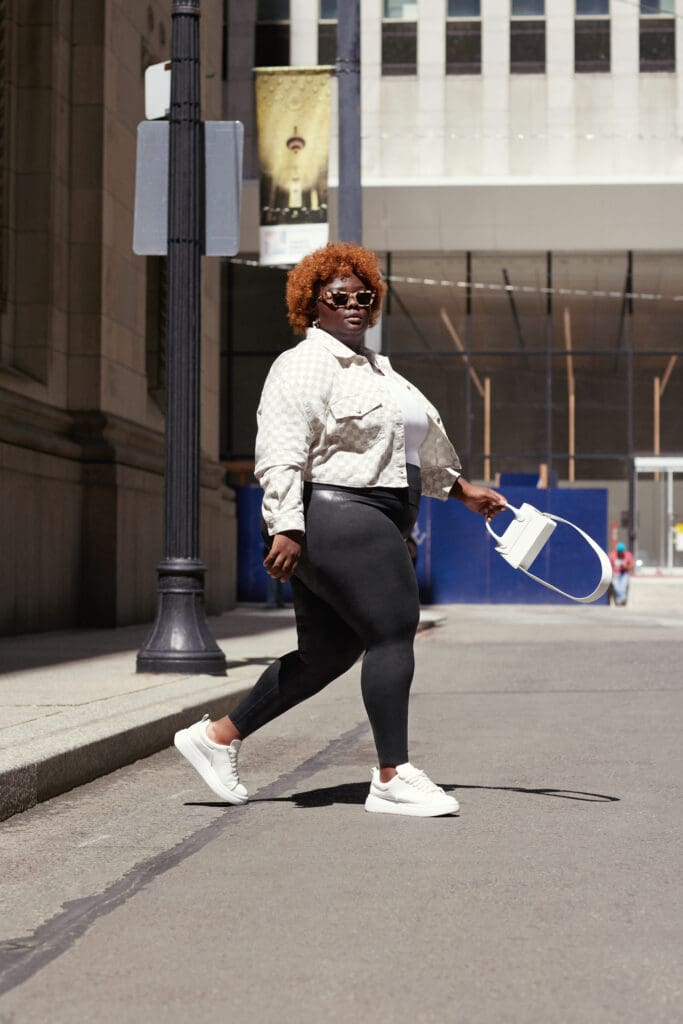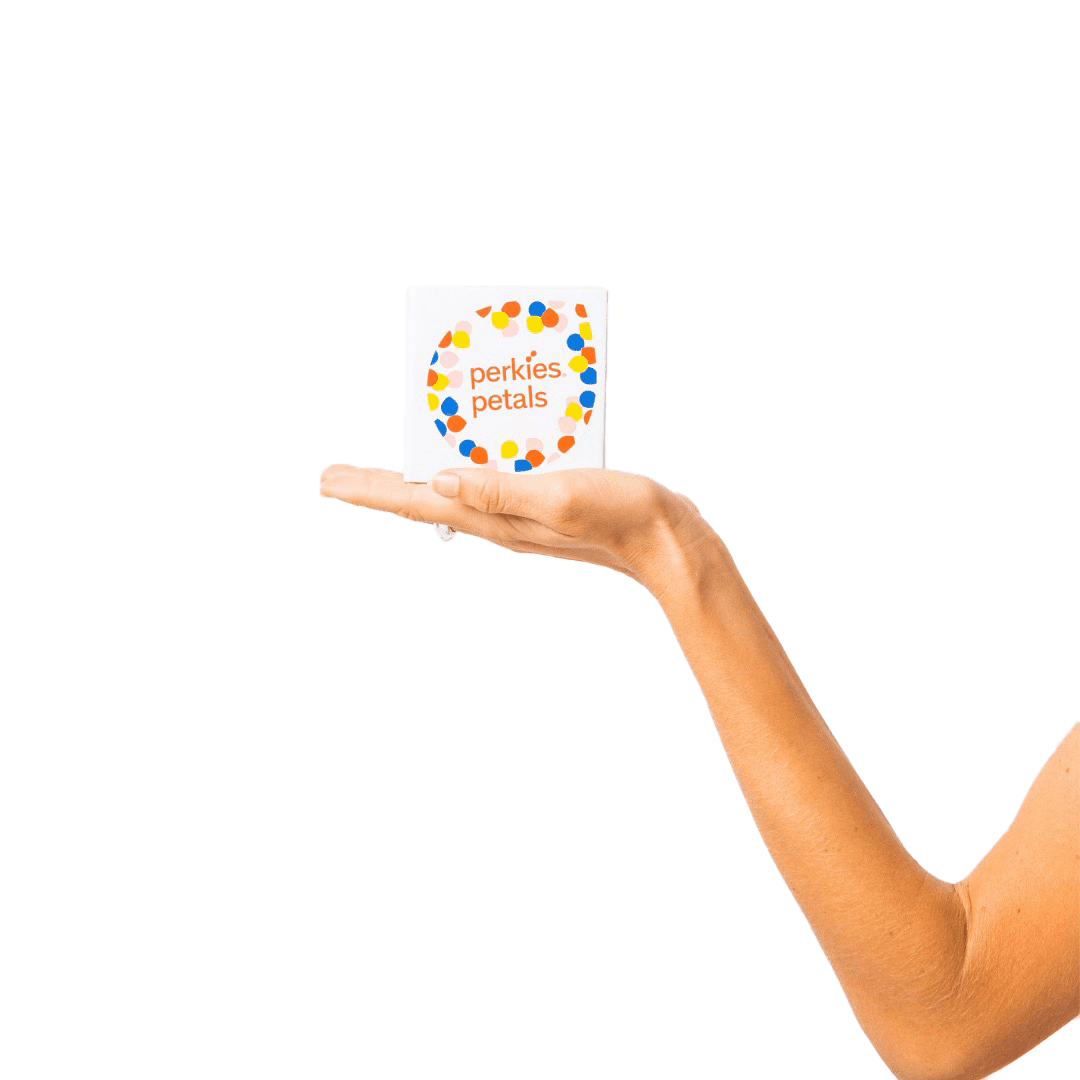Even back in Ancient Greece, women were wearing forms of shapewear to make their waists look tinier. The clothing evolved and became more elaborate—here a corset, there a bustle, everywhere a girdle—and was a mainstay until the 1960s, when women ditched the restrictive undies, labelling them “instruments of female torture.” Much underwear back then was predicated on being attractive to men—think of WonderBra’s “Hello Boys” campaign in 1994, billboards for which supposedly caused some guys to crash their cars.

Then along came Spanx, founded by Sara Blakely in the year 2000. “Spanx is synonymous with the word “shapewear” because we’re the originators—we created and defined the category,” says Kiana Miree, chief merchandising officer. “When Spanx was created 23 years ago, its original ‘why’ was always to offer solutions that allowed women to celebrate their bodies, not modify them.” The brand started with undies you could wear under white pants so they weren’t see-through. Soon, the name was everywhere, being referenced on SNL and becoming one of Oprah’s favourite things.
A large stake in Spanx was bought for $1.2 billion in 2021 (Sara Blakely continues to be executive chairwoman). These days, shapewear appears in many women’s wardrobes, and celebs like Lizzo and Kim Kardashian have developed their own brands—Yitty, for the former, and Skims, which was recently valued at $4 billion, for the latter.
It’s also evolved, with more sizes, options that go under any kind of garment, products for thigh-chafing, period shapewear and pieces that are just much prettier or can even be worn as outerwear, like Knix’s butt-sculpting leggings or Aritzia’s “contour” line. “Over the last decade, shapewear has also moved from being something that we would hide away that was almost embarrassing to be being trendy and cool, and people are incorporating it into their everyday outfits,” says Erin Treloar, health coach and founder of Raw Beauty.
The world and its culture and discourse in 2023 is quite different to the one in 2000, when Bridget Jones was recording her weight in her diary and Kate Moss was telling the world that nothing tastes as good as skinny feels. “When I first started here almost five years ago, women came in with the expectation that they would buy shapewear that would make them look a size or two smaller,” says Dee Clarke, a fitter at Diane’s Lingerie. Many shapewear brands marketed themselves on making you look thinner and that’s definitely no longer the case—as Treloar says, “I’m very happy that the next generation won’t constantly be bombarded with messaging that they need to be thinner and they need to lose weight in such a direct way as we grew up with in the 1990s and early 2000s.” But in a body-positive world, what’s the goal now, and how is it being sold?
“Empowerment” is the word they’re using. It’s a little bit of marketing spiel; “Female empowerment is trendy right now,” points out Treloar. But she says there’s also something real behind it. “I think of Lizzo as being an empowering woman,” she says. “I even think Kim Kardashian in many ways is very empowering to females.”
Skims’ latest move has been to launch a nipple bra, which has an in-built nipple detail, “for a perky, bra-less look.” Those of us who spent our younger years mortified at the idea that anyone might even know we had nipples were mystified at this launch, but Rosie Mangiarotti, founder of Perkies, knows what’s up. Her first product was a sticky bra with replaceable adhesives. Next, she launched Perkies Petals, which were designed to hide your nipples. Then, about 18 months ago came Perkies Nips: nipple enhancers that can be positioned inside or outside your bra to make your nipples more prominent.
How did the brand evolve from making nipple covers to nipple enhancers? “It’s totally generational, because whenever I see women over 40 they’re like, ‘Why would you want that?’ Whereas there’s this whole free-the-nipple movement and this idea of women owning their sexuality,” Mangiarotti says. “It has put this emphasis on, you can do and were whatever you want. And if you want to do it, shame on anyone for making you feel like you need to cover your nipple!”
Mangiarotti’s inspiration for creating the product was seeing Hailey Bieber at the Met Gala 2022. “Hailey came out in this gorgeous silk dress and her nipples were prominently showing, and I’m like, ‘damn, why don’t I look like that when I wear a silk dress?’” After launch, she quickly found that there was another market for her product: women who’d had treatment for breast cancer. One of the first retailers for the product was AnaOno, which makes bras for women who’ve had mastectomies; through that, Mangiarotti connected with many breast cancer survivors, one of whom told her, “You are empowering women because you’re giving them one more option.”
Does she see a market for selling these products to men? Not really; perhaps among trans men or runners who experience chafed nipples, but otherwise men don’t really have the goal of enhancing their nips (which, Mangiarotti points out, aren’t censored on Instagram like women’s are). Treloar muses: “Will there ever be shapewear for men? What if there was some sort of underwear that they put on that made their penises look bigger and gave them bigger muscles in their arms? There would never be that! That would never be a thing!”
As much as some women find shapewear and enhancements empowering, how far have we really progressed in the battle for body positivity? “I still feel like when I’m in the fitting room with women, they are fixated on that part of their body they dislike the most,” says Clarke. “We could get them into the most beautiful uplifting, supportive, gorgeous bra and they’ll still fixate on the pudge by their armpit, or on their stomach when their boobs look amazing.”
And while Treloar is very much on the “you-do-you” train, she cautions that shapewear isn’t completely unproblematic. “There’s still an underlying tone of ‘you need to be smoother, smaller, curvier in certain places and not so curvy in other places,’ and that has an impact,” she says. “I would never blame things like negative body image and eating disorders and mental health disorders on something as simple as shapewear. It doesn’t come down to one product or company and the messages that one company is giving, because there’s so much as a collective society that we need to work on and address.” —Aileen Lalor

Be the first to comment